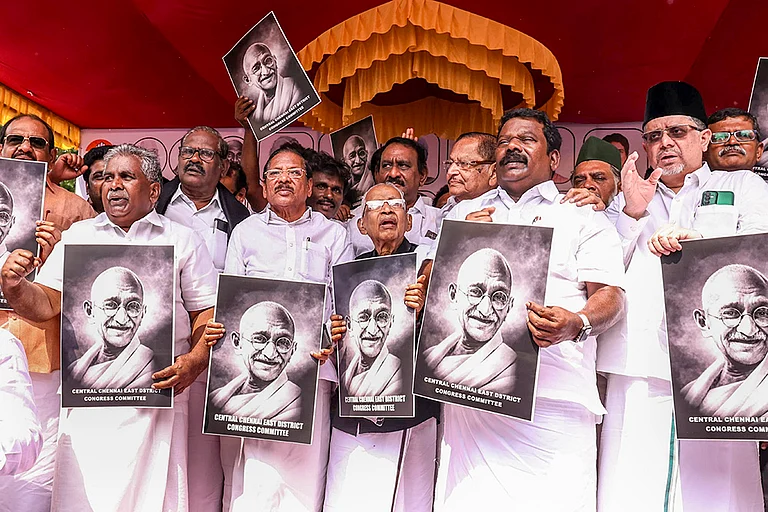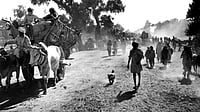On the Pickle Trail: 100 Recipes from Around the World
Monish Gujral
Penguin India
Jams, chutneys, and wet curry pastes. These are the preserved condiments that we are all familiar with in India. Everyone’s house has its large glass jar whether of the tangy or the sweet which has sadly shrunk to bottle size, though the rooftop pickling days are gone with the grandmothers who would dry strips of mango or lay out chillies to crisp in the sun. However those who have visited the legendary rooftop Moti Mahal in Delhi may not be aware that the restaurant was responsible for the piyaaz pickle or Sirka Piyaaz. This makes Monish Gujral’s book even more extraordinary since he is the Chairman of the Moti Mahal chain of restaurants and has extended the food possibilities of the iconic brand to the Moti Mahal Delux Tandoori Trail. Not to mention the fact that he has written numerous cookery books before and has the experience of his years in the hospitality industry behind him.
Monish’s intent is to reintroduce households to the pickle through a clutch of 100 recipes from around the world. Despite the concentration of ingredients and, on occasion the oil that goes into some of the richer Indian chutneys, he points out that it is one of the healthiest ways of preserving food and has been a source of food preservation for generations. One could count the Chinese 100-year egg as an innovative attempt – though no, he doesn’t include that but sticks to the UK’s ubiquitous pickled eggs. The artisanal skills of pickling and fermentation form the core of this book, which aims to revive the craft of making pickles at home by tempting adventurous home cooks with recipes that they might have heard of but not had conveniently to hand.
For beginners, the recipes not only offer several health advantages but are also quick and easy to prepare. They combine simple pickling and fermentation methods that make them very accessible to people who want to try their hand at the process but would like to go beyond the usual tried and tested desi recipes. Before the recipes start, there’s a list of the different types of spice mixes that go into pickling, including the Panch Phoran or five spice mix that people now buy ready blended from grocery stores, along with instructions on how to sterilise lids and jars for long term preservation in refrigerators.
Gujral combines his recipes with short introductions to the people who introduced him to the ingredients or with comments on the process. From South African preserved lemons to the Israeli Torshi Left (white turnip pickle), from the Gari(Japanese ginger pickle) to the Cebollas Encurtidas (pickled onions from Ecuador) the book covers continents in its sweep. Not all the chutneys are vegetarian – there is an Alaskan Salmon Pickle, Estonian Fish Pickle and a Maldivian Tuna Pickle, not to mention Kerala’s iconic Prawn Pickle. For the most part the ingredients are easily available – onions, turnips, cucumbers, the melange of garden vegetables that families would pick, ferment and store for their convenience.
Gujral’s book seems set to revive a trend as the author intends it to.
(Anjana Basu is a writer from Kolkata and has penned five novels, a book of short fiction stories, and two poetry anthologies. She is a recipient of the prestigious Hawthornden Fellowship, Scotland. Views expressed are personal)


























